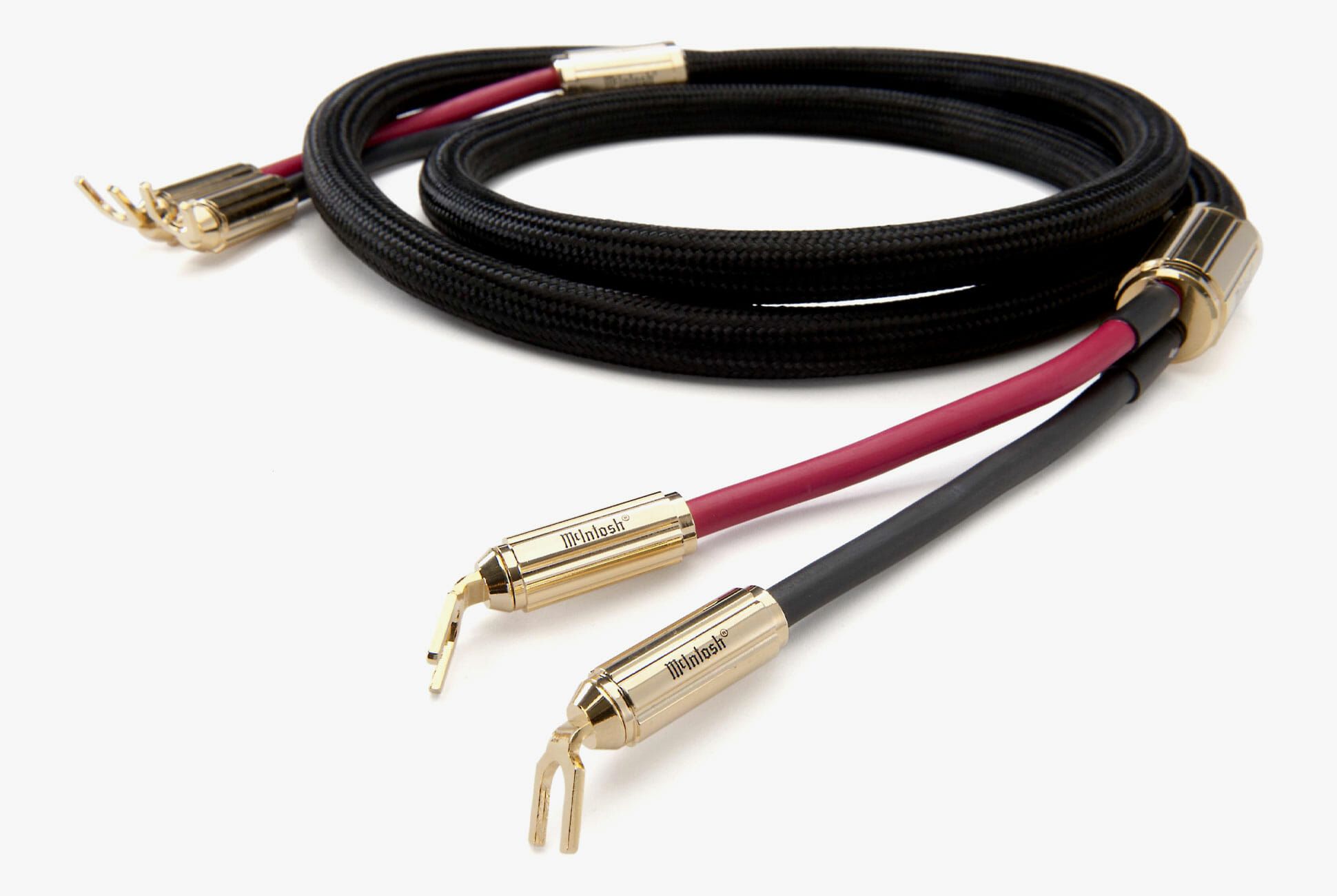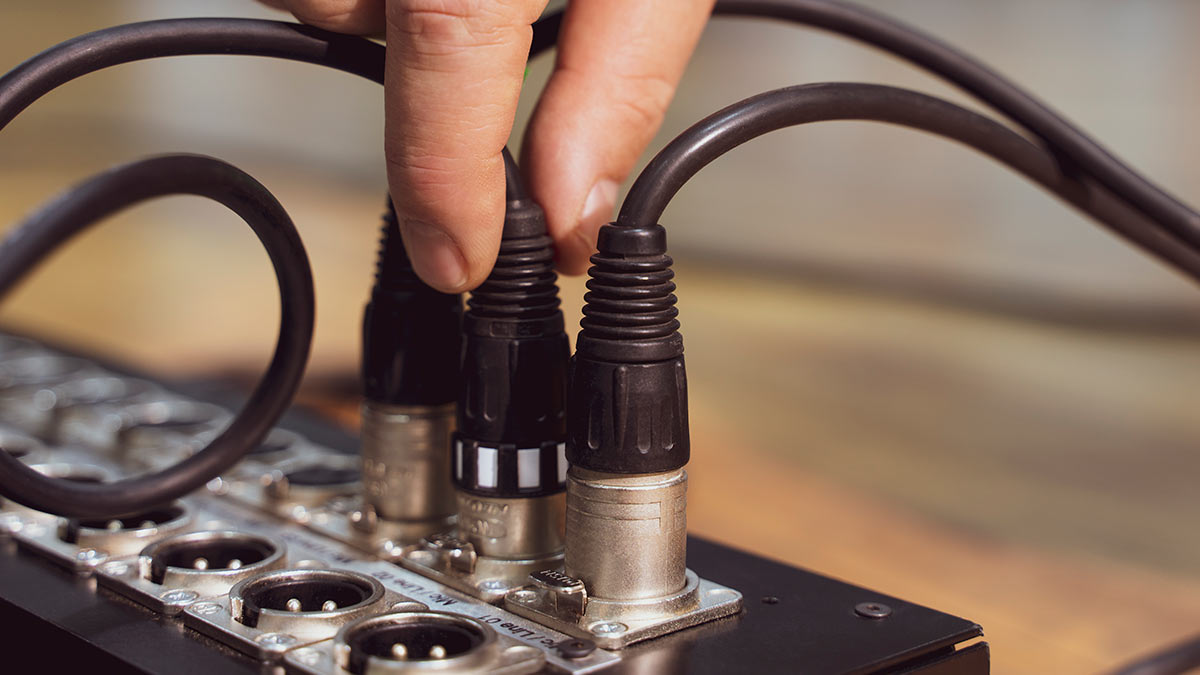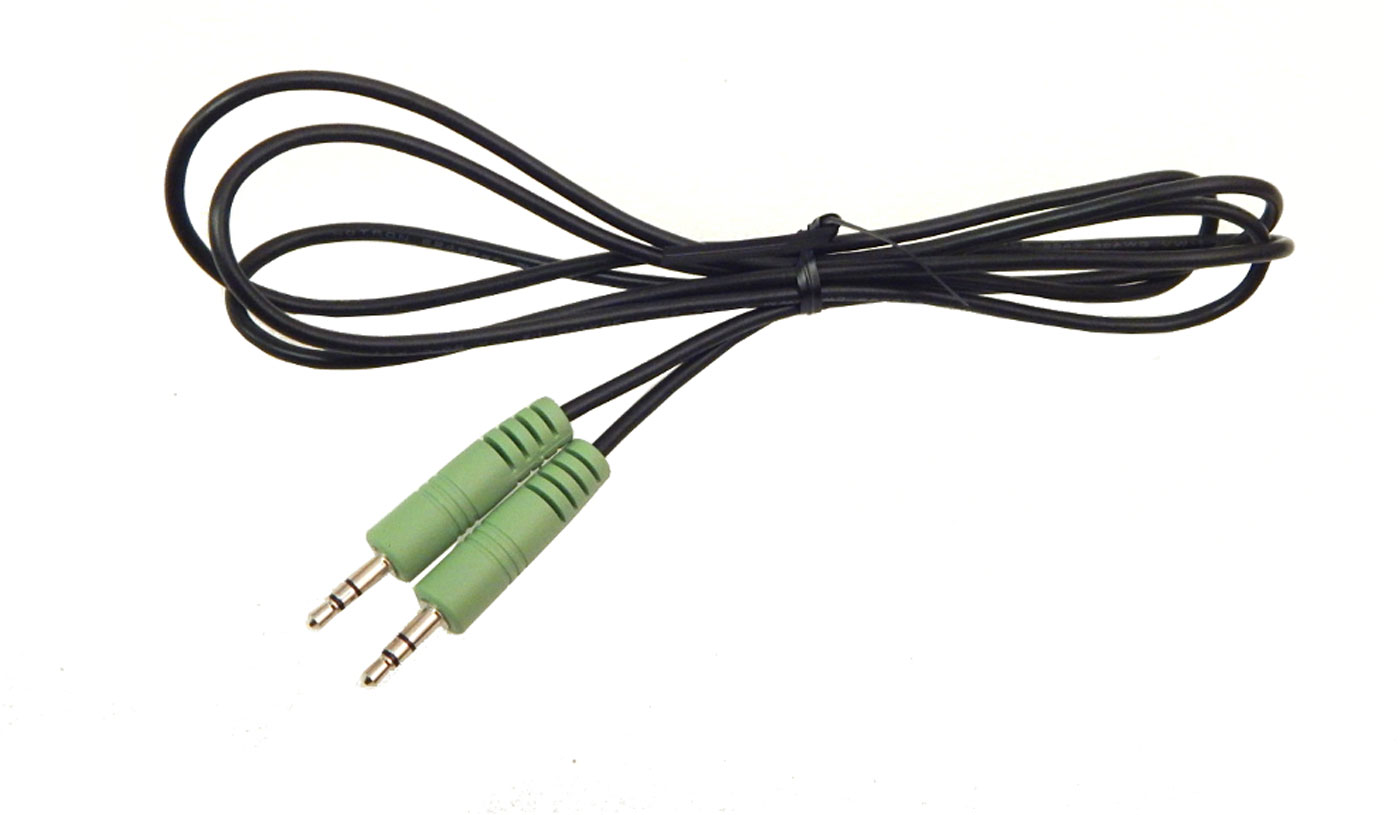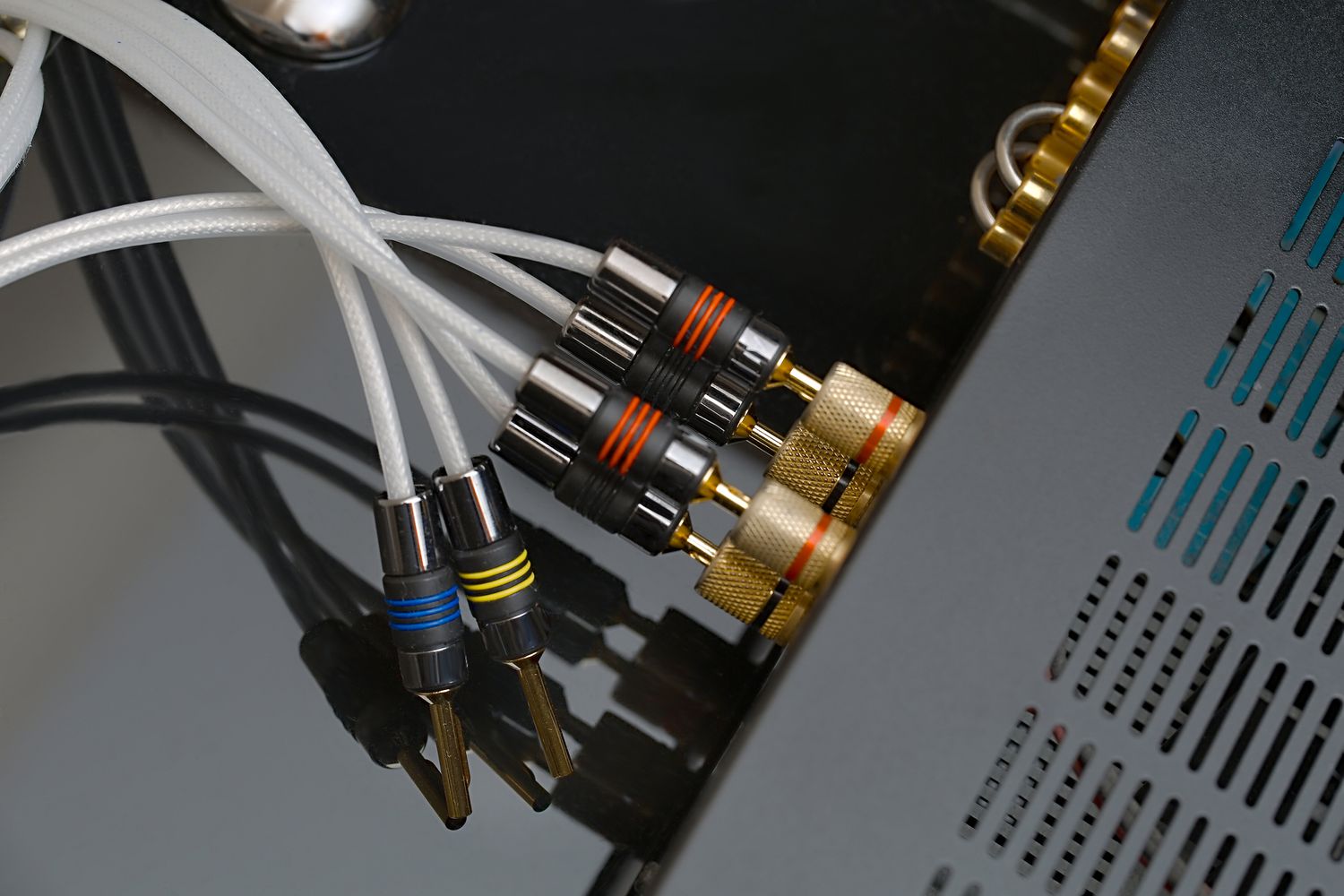Home>Production & Technology>Audio Cable>Why Audio Cable Are Expensive?


Audio Cable
Why Audio Cable Are Expensive?
Published: December 21, 2023
Discover why audio cables are more expensive and what factors contribute to their higher price. Dive into the world of audio quality and understand the importance of investing in premium audio cables.
(Many of the links in this article redirect to a specific reviewed product. Your purchase of these products through affiliate links helps to generate commission for AudioLover.com, at no extra cost. Learn more)
Table of Contents
Introduction
Audio cables are an essential component in any audio setup, whether it’s for professional studio recordings or simply connecting your favorite music player to a speaker system. However, if you’ve ever shopped for audio cables, you might have noticed a wide range of prices. Some cables are extremely affordable, while others come with a hefty price tag. This begs the question: why are audio cables so expensive?
To understand why audio cables can be pricey, it’s crucial to examine the factors that contribute to their cost. From the quality of construction to the materials used, various aspects impact the final price tag. By delving into these factors, we can gain insights into why manufacturers and retailers price audio cables the way they do.
Whether you’re a seasoned audiophile or just starting to explore high-fidelity sound, understanding the reasons behind the cost of audio cables can help you make informed purchasing decisions. So let’s dive deeper into the factors that drive up the price of audio cables.
Quality and Construction
One of the key factors that contribute to the cost of audio cables is their quality and construction. High-quality cables are built to last, with durability and reliability being top priorities during the manufacturing process. These cables are designed to minimize signal loss and interference, resulting in a cleaner and more accurate audio signal.
High-quality audio cables often feature better shielding, which helps to reduce the impact of external electrical interference. This shielding can be made of materials like braided copper or aluminum, which are more effective at blocking unwanted signals compared to lower-quality cables.
In addition to shielding, the connectors used in premium audio cables are also of superior quality. Gold or platinum plated connectors are commonly found on high-end cables. These precious metal coatings not only provide better conductivity but also offer resistance to corrosion, ensuring a long lifespan for the cable.
The construction of the cables also plays a role in their price. Premium audio cables are often handcrafted with meticulous attention to detail. The individual components such as conductors and insulation are carefully selected and assembled to ensure optimal performance. This level of craftsmanship increases the overall cost of production but also results in a superior product.
While cheaper cables may be mass-produced using lower quality materials and construction methods, leading to increased signal loss and decreased overall performance, high-quality cables offer better signal fidelity and audio reproduction.
Ultimately, the quality and construction of audio cables directly affect their price. Investing in a well-crafted and durable cable not only ensures a better audio experience but also reduces the need for frequent cable replacements, making it a worthwhile investment for audio enthusiasts.
Material Cost
Another factor that contributes to the cost of audio cables is the materials used in their construction. Premium audio cables often utilize high-quality materials that are more expensive than their lower-grade counterparts.
The conductors, which carry the audio signal, are typically made of materials such as copper or silver. Copper is a common choice due to its excellent conductivity and affordability. However, some high-end cables feature conductors made of silver, which offers even better conductivity but comes at a higher cost.
In addition to the conductors, the insulation used in audio cables also affects their price. High-quality insulation materials, such as Teflon or polyethylene, provide better signal clarity and reduce signal degradation. These materials are more expensive compared to lower-grade insulations like PVC.
Furthermore, the connectors used in audio cables also impact their cost. The quality and materials of the connectors, such as the housing and contact pins, can vary significantly. Premium audio cables often feature connectors made of high-grade metals like gold or platinum, which not only enhance conductivity but also resist corrosion. These precious metal coatings increase the cost of the connectors, contributing to the overall price of the cable.
Overall, the cost of materials used in audio cables directly influences their price. Higher quality conductors, insulation, and connectors command a higher cost, but they also contribute to better audio performance and longevity.
Manufacturing Process
The manufacturing process of audio cables also plays a significant role in their overall cost. The production of high-quality audio cables involves a more intricate and labor-intensive process compared to lower-end cables.
Premium audio cables are often handcrafted, with skilled technicians carefully assembling each component. This attention to detail ensures that the cables are properly constructed, resulting in optimal performance. The process includes stripping and soldering the wires, crimping connectors, and meticulously inspecting the finished product to guarantee quality.
Furthermore, some high-end cables undergo extensive testing and quality control procedures to ensure that they meet the highest standards. These additional steps, such as signal integrity testing and performance verification, contribute to the overall cost of the cables.
On the other hand, lower-cost cables may be mass-produced using automated machinery, cutting down on labor costs but potentially sacrificing precision and quality. These cables often have simpler construction processes with less attention given to detail.
In summary, the manufacturing process of audio cables influences their cost. Handcrafted production, thorough testing, and stringent quality control measures contribute to the higher price of premium cables, ensuring superior performance and reliability.
Marketing and Branding
Marketing and branding are additional factors that contribute to the higher cost of some audio cables. Well-established audio cable manufacturers invest in marketing efforts to build brand recognition and create a perception of quality and reliability among consumers.
These companies often engage in targeted advertising campaigns, sponsor industry events, and establish partnerships with influencers or professionals in the audio industry. These marketing activities help to create brand awareness and establish a reputation for producing high-quality products, which often come with a higher price tag.
Brand reputation can also influence consumer perception and willingness to pay a premium. Established brands with a long-standing history of delivering quality audio products often have a loyal customer base that values their reputation and is willing to invest in their offerings.
Furthermore, premium audio cable manufacturers may invest in packaging and presentation to further enhance the perceived value of their products. This can include elegant packaging, branded logos, and sleek designs that contribute to a premium look and feel.
Overall, marketing and branding efforts contribute to the higher cost of some audio cables. Companies invest in building brand recognition, reputation, and presentation, which can influence consumer perception and justify a higher price point.
Research and Development
Research and development (R&D) is a crucial aspect of creating high-quality audio cables, and it significantly impacts their cost. Manufacturers invest in R&D to innovate and improve their products, pushing the boundaries of audio technology and ensuring optimal performance.
R&D efforts involve conducting thorough research, exploring new materials, and developing advanced manufacturing techniques. This process requires dedicated teams of engineers and scientists who work to analyze and understand the intricate details of audio transmission, signal integrity, and cable construction.
By investing in R&D, manufacturers can discover and implement design improvements that enhance the audio performance of their cables. This can include advanced shielding technologies to minimize electromagnetic interference, optimized conductor layouts for better signal transmission, and improved insulation materials for enhanced signal clarity.
However, the investment into R&D adds to the overall cost of audio cables. The expenses associated with research, experimentation, testing, and refining designs are factored into the price of the final product.
Moreover, R&D costs also include ongoing efforts to stay ahead of the competition and keep up with the evolving needs and expectations of audio enthusiasts. This continuous improvement and innovation allow manufacturers to introduce new features and advancements, resulting in higher-priced cables.
Ultimately, the investment in research and development is crucial for producing high-quality audio cables. The innovation and improvements that result from R&D efforts contribute to the higher cost of these cables, ensuring that consumers have access to the latest advancements in audio technology.
Profit Margin
The profit margin is a significant factor that influences the pricing of audio cables. Like any business, manufacturers and retailers aim to generate profits from their products, including audio cables. The profit margin represents the difference between the cost to produce the cables and the price at which they are sold.
Manufacturers must cover the costs of materials, labor, manufacturing, marketing, and other overhead expenses associated with producing and distributing audio cables. In addition, they need to allocate a portion of the revenue for future investments, such as research and development, as well as for business growth and sustainability.
Retailers also play a role in the profit margin as they typically mark up the price of the cables they sell. This markup accounts for the retailer’s expenses, such as rent, salaries, marketing, and profit margins on their end.
The profit margin varies depending on several factors, including the brand reputation, product demand, competition, and market positioning. Higher-end audio cables from well-known brands with a strong reputation can command a higher profit margin due to their perceived value and consumer willingness to pay a premium.
It’s worth noting that profit margins can vary significantly between different types of audio cables. For example, specialty or high-end cables designed for professional audio applications may have higher profit margins due to their niche market appeal and specialized features.
In summary, the profit margin is an essential factor in determining the price of audio cables. Manufacturers and retailers need to cover their costs and generate profits to sustain their business and invest in future growth. The profit margin accounts for the expenses incurred throughout the production and distribution process, while also considering market demand and brand positioning.
Conclusion
Audio cables vary greatly in price, and understanding the factors that contribute to their cost can help consumers make informed purchasing decisions. Several key factors affect the price of audio cables, including the quality and construction, material cost, manufacturing process, marketing and branding efforts, research and development investments, and profit margins.
High-quality audio cables are built to last and minimize signal loss and interference, often utilizing premium materials such as copper or silver conductors and advanced insulation. The manufacturing process of these cables involves intricate handcrafted techniques, thorough testing, and quality control measures, resulting in higher production costs.
Marketing and branding efforts contribute to the higher price of some cables, as companies invest in building brand reputation, awareness, and product presentation. Additionally, research and development efforts aimed at improving audio performance and staying ahead of competitors also add to the cost of audio cables.
Finally, profit margins are a necessary consideration for both manufacturers and retailers to cover their expenses and generate revenue. Factors such as brand reputation, product demand, and market positioning influence the profit margins and pricing strategy for audio cables.
When making a purchase, it is essential to balance your budget with your specific audio needs. While premium audio cables may offer superior performance and durability, more affordable options can still provide satisfactory results for casual listeners.
Ultimately, the cost of audio cables is a reflection of the quality, materials, technology, and brand value that goes into their production. By understanding the factors that contribute to their prices, consumers can make informed choices and find the best audio cables that meet their needs and budget.











